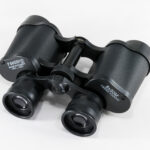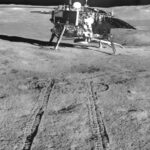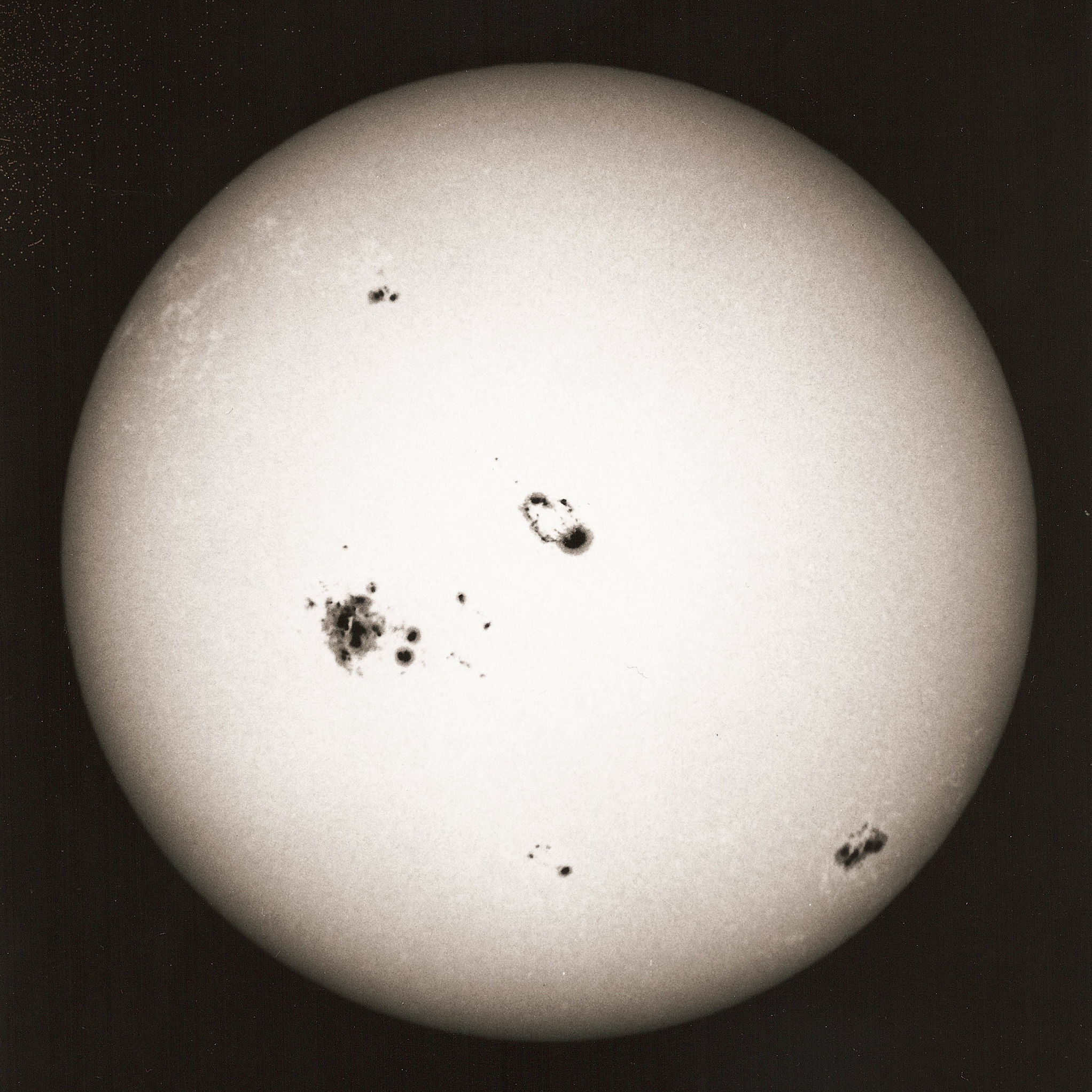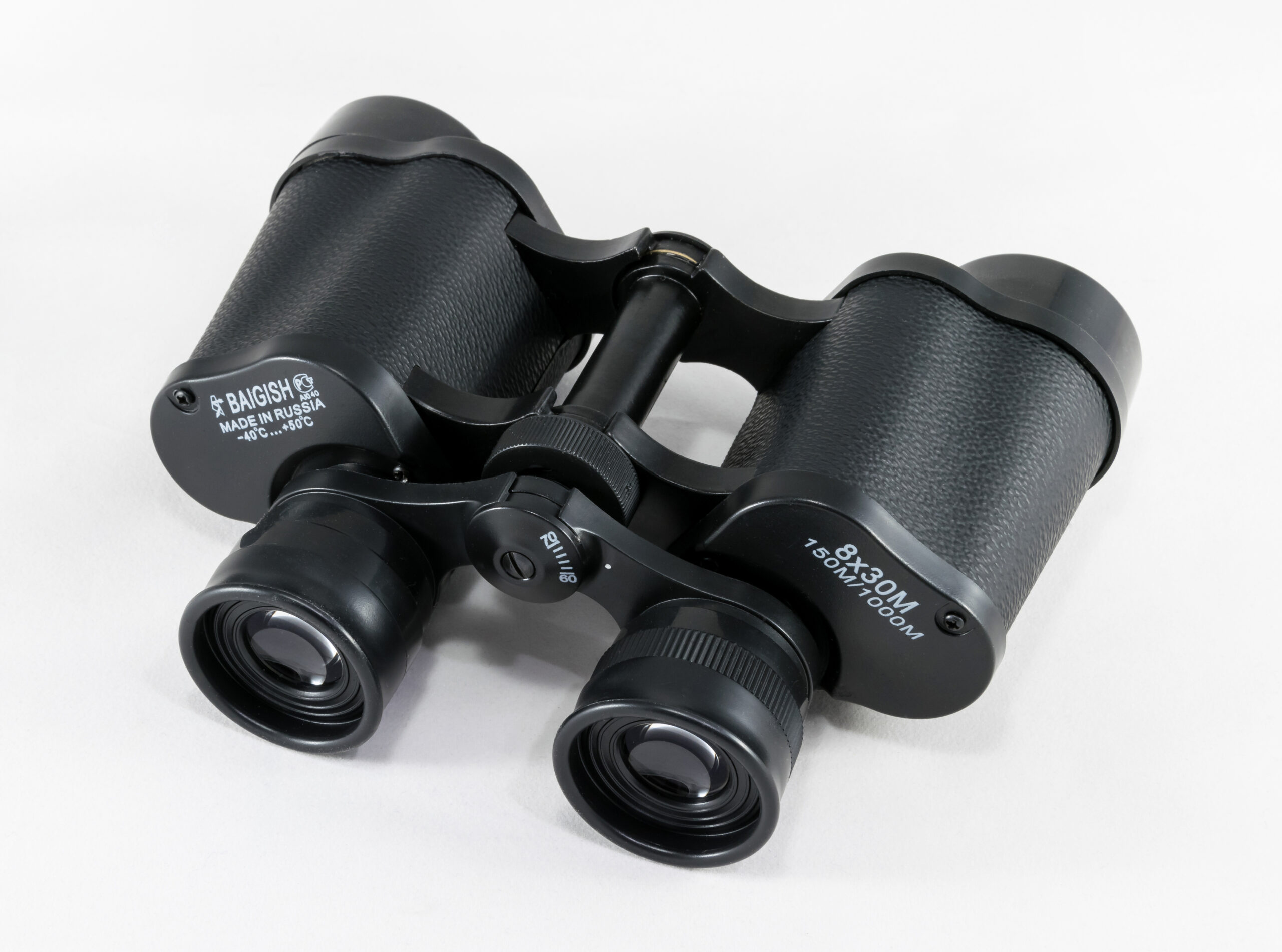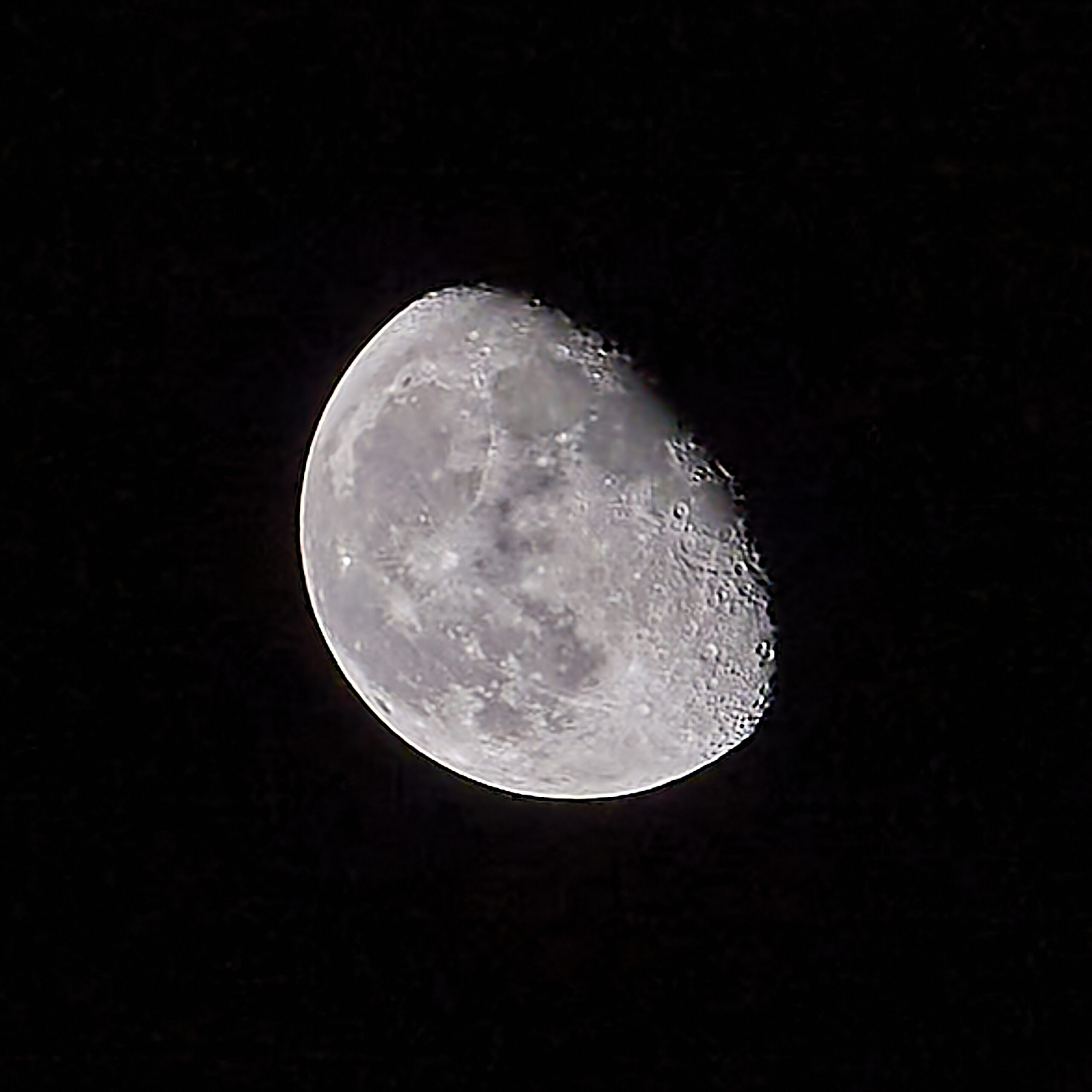The Oort Cloud: A Spherical Shell of Mysteries
Imagine a vast, spherical shell encasing our solar system’s periphery, home to icy objects and potential comets – that’s the Oort Cloud. Unlike the flattened disk of the Kuiper Belt, which you can read about in my article ‘Where is the Kuiper Belt?’, the Oort Cloud forms an immense bubble around our sun, extending up to a light-year away. The concept of the Oort Cloud emerges from the need to explain the origins of comets not influenced by the gravitational pulls of the outer planets.
Vastly different from the relatively nearby Kuiper Belt, the Oort Cloud is thought to contain trillions of icy bodies in an area far less dense than any asteroid belt. This distant region remains a frontier that has pushed the boundaries of our telescopic capabilities to the limit, and yet its existence is inferred rather than directly observed.
Studying the Oort Cloud matters because it serves as a kind of deep freeze, preserving the conditions of the solar system’s infancy. By examining these ancient ices, scientists can piece together clues about the early solar system. Furthermore, the Oort Cloud is the source of long-period comets – those that take more than 200 years to orbit the sun – and occasionally sends them hurtling toward the inner solar system.
However, researching these distant objects challenges astronomers due to their sheer distance and dimness. Most of what is known comes from mathematical models and the orbits of incoming long-period comets. The insights gained from these models help confirm the Cloud’s role in supplying comets and add to our understanding both of the the Kuiper Belt and the Oort Cloud and their influence on the solar system.
Deciphering the Source of Long-Period Comets
It becomes clear that long-period comets are not merely distant, icy travelers; they’re vital clues to our solar system’s past.
Long-period comets, with orbits exceeding 200 years, likely originate from the Oort Cloud, a vast, spherical shell surrounding our solar system. It’s fascinating to consider how each comet’s journey from this distant reservoir can tell us about the conditions of the early solar system and potentially, the origins of life on Earth.
Astronomers rely on the study of these celestial nomads to untangle the complex gravitational dances that have occurred over billions of years. The occasional visit from a long-period comet offers a snapshot of the primordial ingredients that were present when our planetary neighborhood was just taking shape. These icy messengers carry the unaltered material – a cosmic time capsule – that helps in our understanding of the broader universe.
Looking to the future there no planned missions to the Oort Cloud. Mainly because of the distance involved and the technology is not available. Reaching the Oort Cloud with todays rocket power would take many decades. With our experience of electronics and computers improving everyday then the ability to design the technology for such a space probe becomes more of a reality. But a probe must also stand up to the passage of time. The Voyager space probes showed that we have the technology to design long lasting probes. But a journey to the Oort Cloud would take many times longer than the Voyager probes have existed. Only our ability to make the journey time shorter with new types of propulsion and advancement in computer technology will we ever be able to visit this place on the very edge of our Solar System

